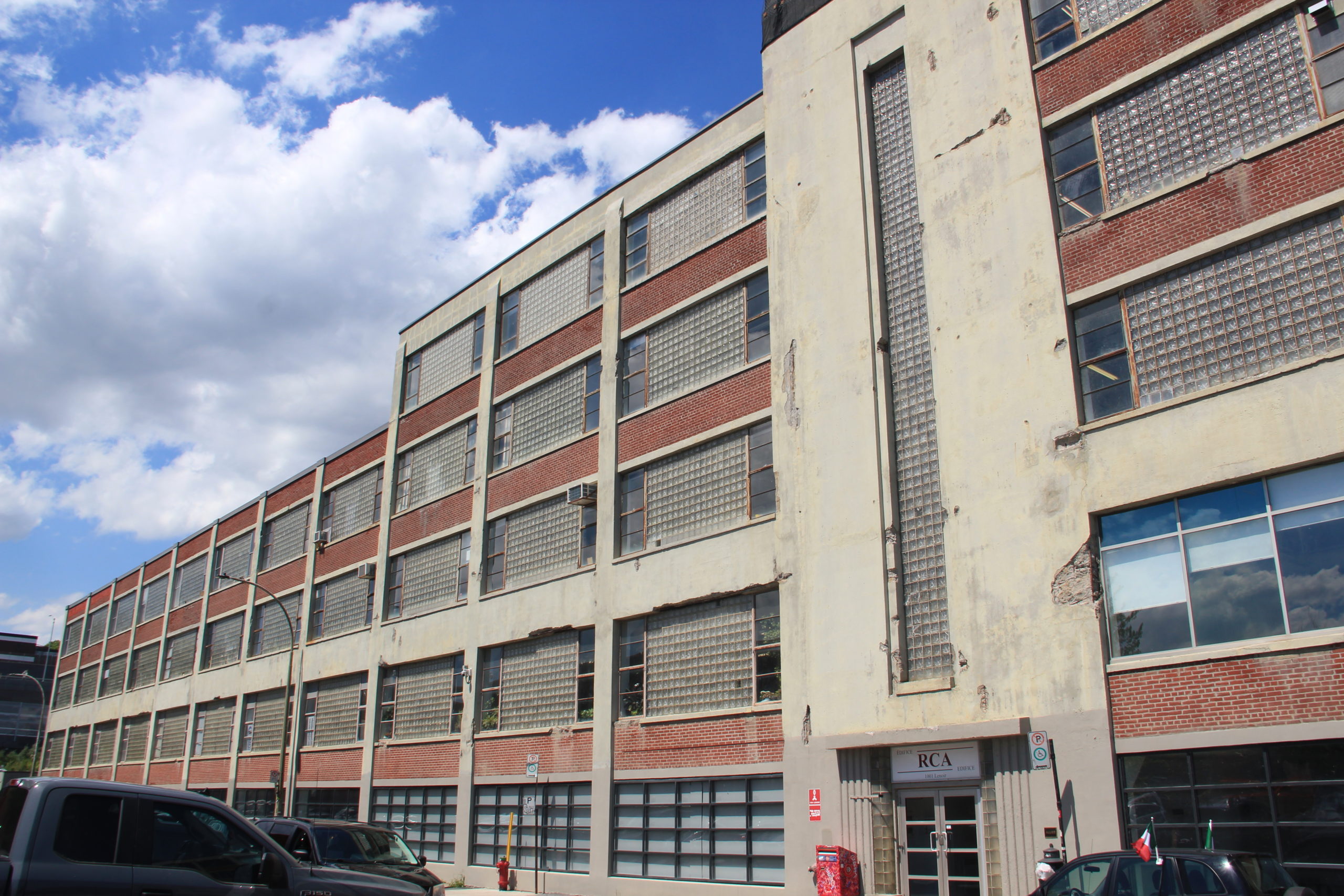The company was acquired in 1924 by the Victor Talking Company, which in 1929 was acquired by the Radio Corporation of America, which later became RCA Victor. Until 1943, new wings were built on the site and others were demolished to create the complex we know today. The building was home to Canada’s first ever studio with polycylindrical acoustic walls, allowing sound to be reflected in all directions.
In 1967, use of the recording studio ceased and in 1972, the company transferred much of its production to Sainte-Anne-de-Bellevue. The following year, RCA sold its buildings to a private investor who turned it into a rental complex. The scientific communications equipment department continued to be operated at the plant until the end of the 1970’s. In 1985, the studio, hidden behind a concrete wall, was rediscovered and put back into operation under the name Studio Victor. The Emile Berliner Wave Museum, a tribute to the inventor of the gramophone, was opened to the public in 1996. Like many industrial buildings along the Lachine Canal, the RCA building was later taken over by small industrial businesses as well as others working in the field of graphic and artistic production. (Source: Répertoire du patrimoine culturel du Québec, in French – free translation)
Currently, the building is in need of serious repairs. Although the west facade, the most visible on Saint-Antoine Street, has been renovated, the east facade facing Lacasse Street needs major work. Indeed, several panes of glass are broken, the concrete structure is visible in places and since 2019, scaffolding from a general contractor has been installed without work having begun in any way.
Although this building is not classified by the Ministère de la Culture, or even cited by the City of Montreal, it remains a witness of the industrial and cultural past of the city that is still very much alive today.
In 2024, the building was completely renovated. The damaged parts of the façade were repaired, and the windows were fully replaced.





